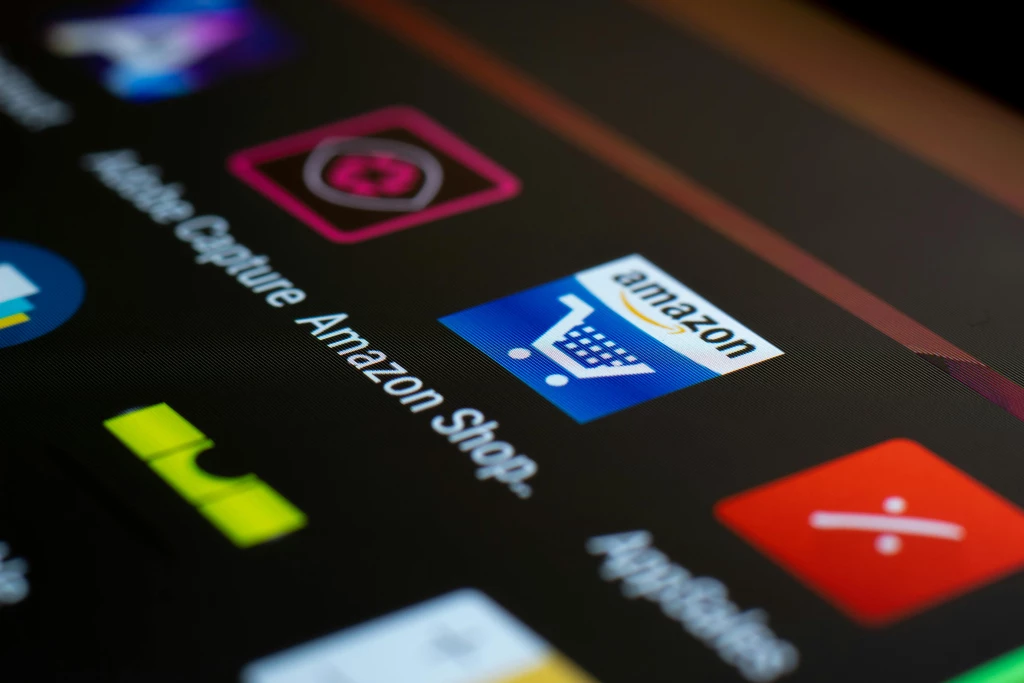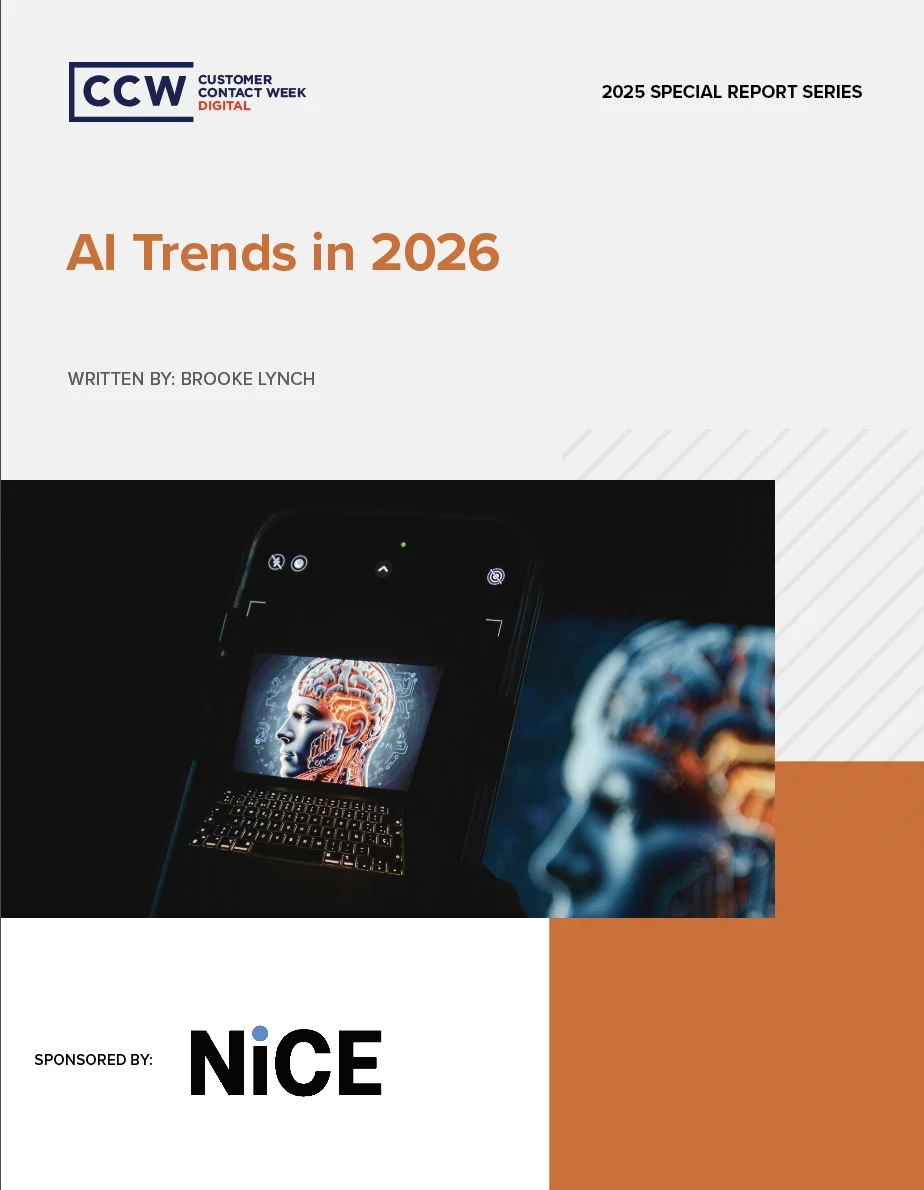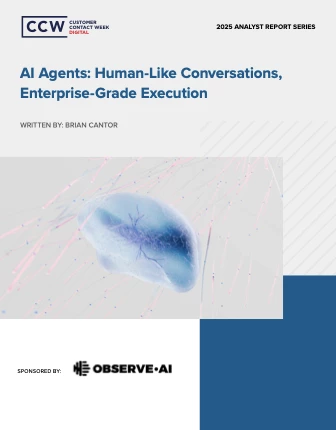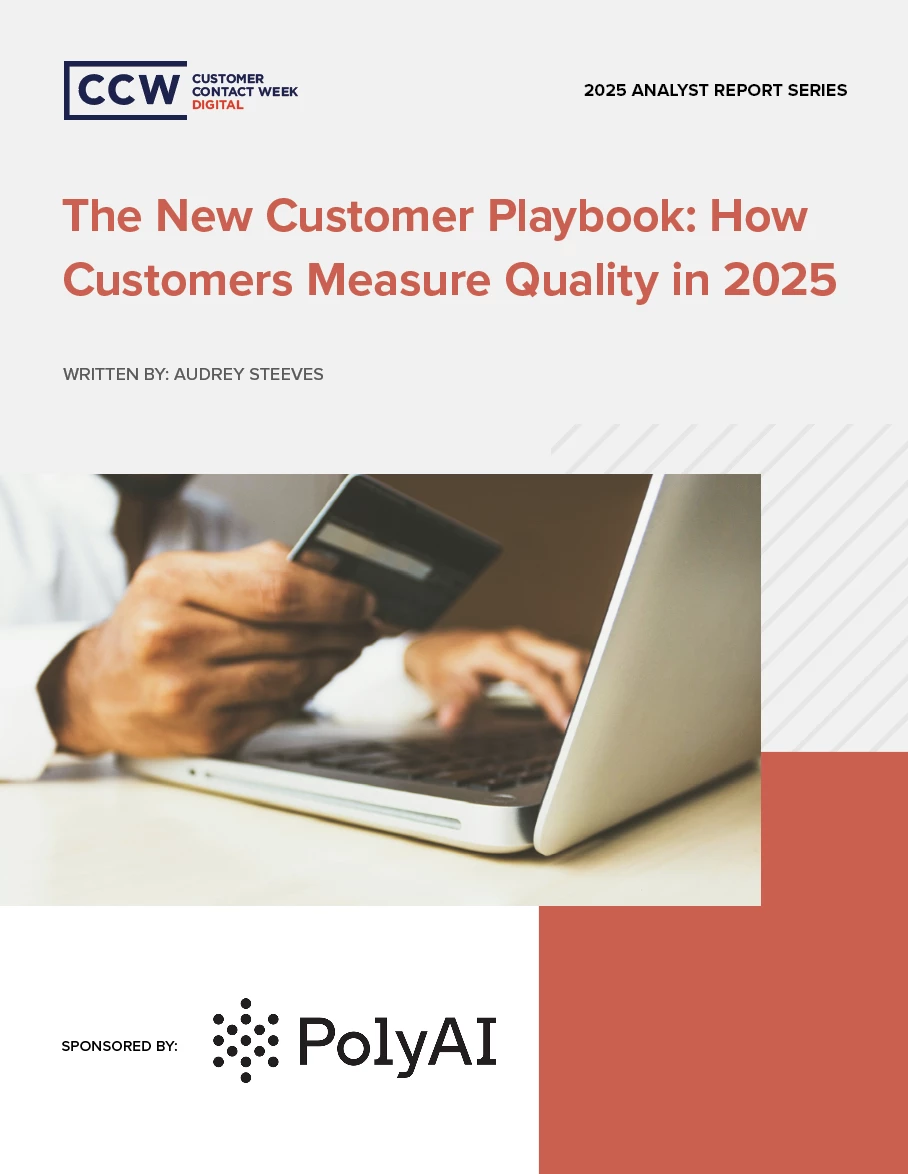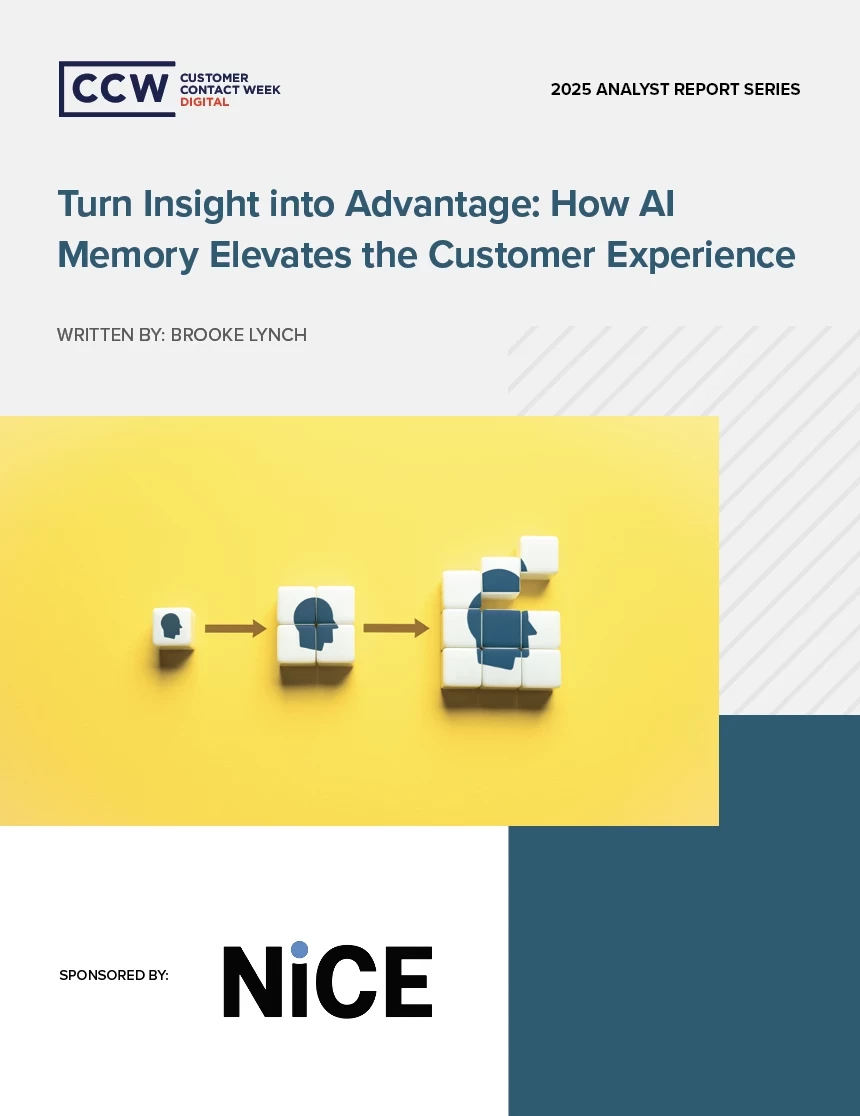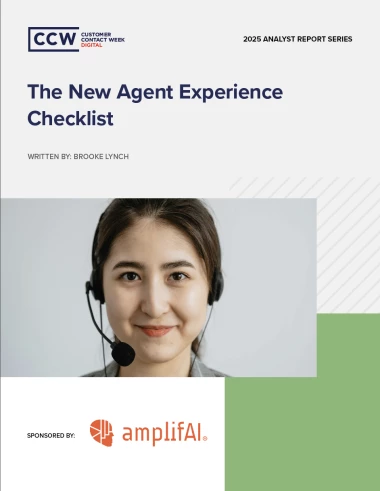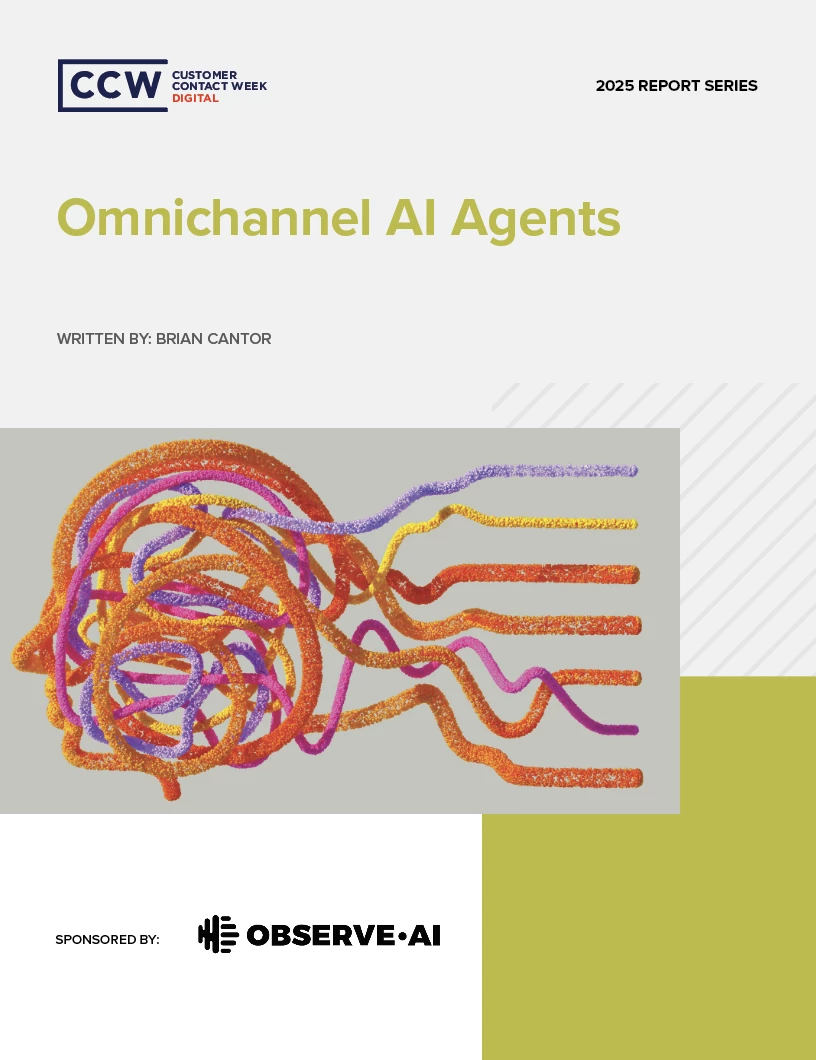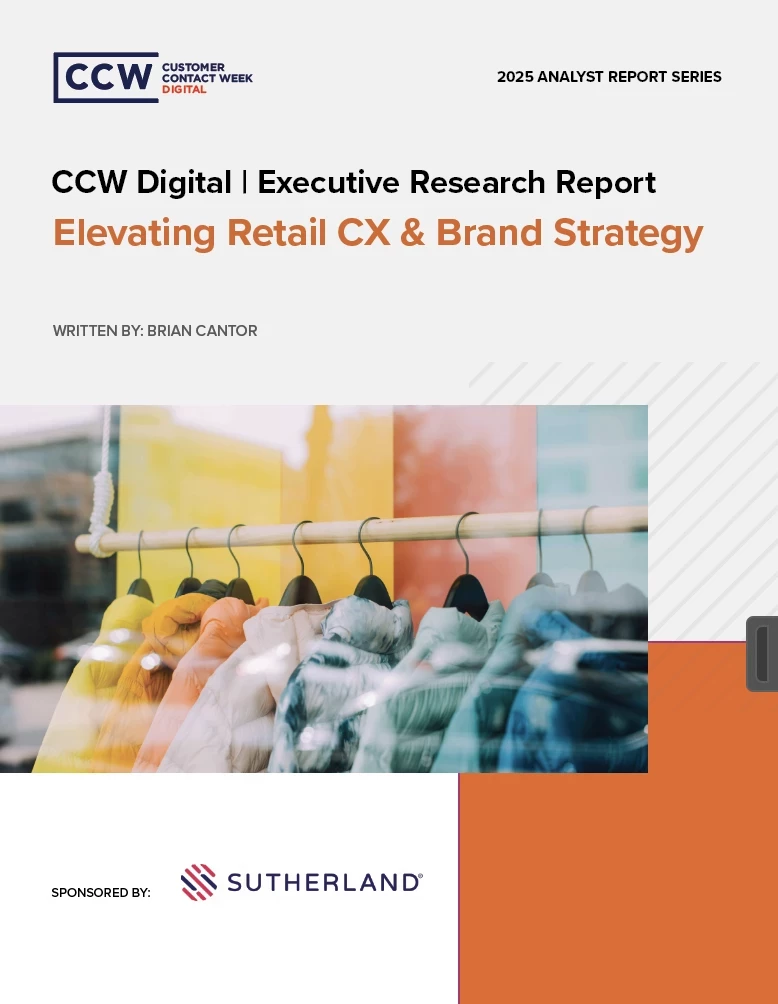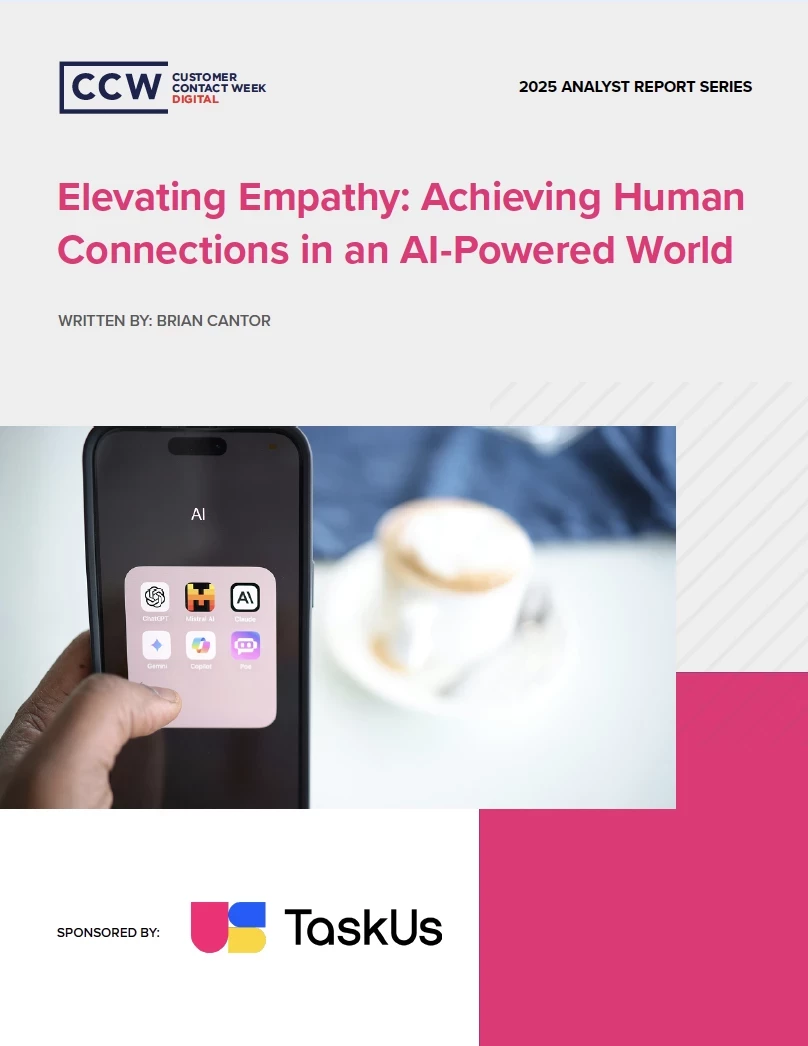Not Even Higher Education Is Immune To CX Failure: Here Are 4 Ways Universities Can Improve Their Customer Service Right Now
Colleges and universities have been unable to meet the growing needs of a diverse student population. In that failure the American university system has, as a whole, come up short on the tools, technology and customer service strategies that makes global companies like Disney, Amazon and Apple so successful.
Add bookmark
Universities—both private and public—are arguably the most lucrative, influential and formative businesses in global history, modern or otherwise. Higher education has shaped the minds of our nation’s leaders, educated some of the highest grossing CEOs in the world, and spawned some of our most important social and cultural movements. As many of us have heard growing up (regardless of whether or not we had the financial mobility or means), “it pays to go to college.”
According to the University of Hawaii, as of 2020 65 % of all jobs in the American economy require postsecondary education. Moreover, since 2008, nearly all new jobs have gone to employees with some form of higher education. Statistics considered, first-time college graduates are still struggling to secure work and make ends while some of their peers achieve millionaire status without college backgrounds.
Assessing and applying the data on the value of education is extremely difficult these days. Despite studies that tout numerical proof that those who pursue higher education have higher salaries, remove themselves from generational poverty, and contribute more to their local community, the lived experience of university and college grads beg to differ. More teens and adults are questioning if college is more of a business scam than a savvy business move. Those who have already spent their tens of thousands on that oh-so coveted piece of paper have plenty of complaints—many of which start before they even walk into a classroom.
Dr. Filipe Henao, Dean of Students at New York Institute of Technology, recently described such difficulties in an opinion piece for CNBC. “College enrollment in the U.S. has dropped by roughly 1 million students since 2020. And while the pandemic contributed to that decline, it didn’t cause it,” he writes. “A college education still provides immense value to individuals and society. However, the students investing in those degrees today no longer perceive that value, in large part because institutions of higher education have done a poor job of adapting to the evolving needs of students.”
His recommendation? “College administrators should take a page out of corporate America’s playbook—and start making customer service the top priority.” While Dr. Henao declined a request for further comment on this idea from CCW Digital; he did encourage furthering the conversation through the lens of the customer service industry. A crucial element to improving the customer experience is requesting and applying customer and user feedback to your product, and Dr. Henao is quite correct in saying that “just as customer bases evolve over time, so do student bodies.” Higher education has failed to address the growing needs of a diverse student population. In that failure the American university system has, as a whole, come up short on the tools, technology and customer service strategies that makes global companies like Disney, Amazon and Apple so successful. Here are 4 customer service tools and connection strategies that universities should invest in:
Omnichannel communication
Many universities still rely on the traditional call center. Whether it’s paying tuition, facilitating housing accomodations, or registering for classes, if a student is not directly emailing a professor or going to a campus building to facilitate those needs, they will be directed to the university’s general phone line. While there, students will then be left to recount their concerns to multiple people–secretaries, professors, administrators, deans–until they reach the correct point of contact. Even when universities include address books on their website, it is very difficult to gain an immediate and direct response.
Rarely, if ever, can a student receive immediate assistance via a website chatbot, automated AI system, or even a social media callout. They are forced to repeat themselves and funnel their concerns through university landlines within the academic hours of 7 am and 3 pm. To date, 82% of customers are more comfortable than ever engaging digitally, but yet only 18% of companies offer omnichannel call centers. And as Gen Z enters the university space, and later the workforce, it behooves the field of education to embrace a communication style that provides a continual, direct feedback loop.
Diverse contact options
Poor administration and communication style are common reasons for student transfers, and it’s a common issue companies and institutions of all types face: 73% of customers will walk away from your brand if they don’t get a consistent, quality user experience across communication touchpoints. Customer service impacts academic retention more than most people realize. Students arrive at universities with a variation of educational and personal experiences, including but not limited to disability, lack of access to technology, social and cultural adversity. While the dreaded phone call may be the most accessible contact option for some, for others it is a challenge. The key to successfully providing multiple points of contact is the recognition of not only communication preferences, but communication styles as well. Just as in life customers have a variation of circumstances and needs to be addressed, students do in school as well. Some students prefer taking a pause from schoolwork to have an engaging conversation by phone, and others prefer writing an email in the background of their studies. Either way, the method by which these discussions are had should not impact the quality or outcome of customer solutions.
That being said, the ability to video chat if needed, text if desired, or self-service through a dropdown menu would make faculty and staff much more accessible to students, and help to eliminate the have vs. have-not stigmas that exist on campus and in classes. Katarina Spungen, a graduate of Emerson University, spoke with CCW Digital about her personal experience with miscommunication and lack of accessibility while pursuing a graduate program during the pandemic. “I both experienced and witnessed situations in which the principles of embracing neurodiversity and empowering marginalized students were ignored by professors and key staff,” she said. “Beyond being inherently traumatizing, it was even more damaging because we went in expecting to be able to have productive conversations about accountability. These were expectations they intentionally set for themselves, and then failed when most needed.”
Personalized experiences
Dr. Henao writes, “by keeping students in college, institutions will also do their part to graduate the skilled talent required to sustain the economy. About 20% of current college students report feeling unprepared to join the workforce, and many companies report their current employees aren’t equipped with the skills employers need.”
Education will only prove to be a worthy investment if students are able to integrate school, work and life proficiency. Each student has different needs, academic goals, and professional aspirations. In accordance with those desires, they will work to find, or even create, a learning track that allows them to meet those needs. For many, students taking what they’ve learned and applying it to their personal and professional lives is essential for justifying the cost of schooling. A school administration that provides flexibility, guidance and clear communication is essential to providing a unique and beneficial learning experience. It’s something so valuable that in the hopes of receiving personalized learning, some students will do whatever it takes to get to school. “I received acceptance to my graduate program the evening before the COVID shut down began in March 2020,” explains Spungen. “I enrolled at Emerson college that fall in their Applied Theater And Theater Education track with the intention of being certified to teach in a public school.” It’s something that upended my life in Chicago–giving up job security, a support network, and a lower cost of living, and paying a large amount of money to move to Boston.”
But during her schooling, the university failed to support her learning to such an extent that she paid for credit hours when they had virtually nothing to do with her line of work. Some of Supgen’s classmates who were employed while working had no choice but to lose wages in order to accommodate classes, due to insufficient communication from the administration. Students “were routinely informed of mandatory, in person meetings with little notice, and given neither sympathy nor accommodations for conflicts,” Spungen notes. “In one case, a student was told to ‘figure it out’ when she expressed frustration at having to find coverage for a job that she had booked months previously.”
A direct line for actionable customer feedback
According to the U.S. Department of Treasury, post-secondary institutions make nearly $500 billion annually. The National Center for Education Statistics states that at private and public 4 and 2 year institutions, the largest expense category was associated with non-instructional/class related activities such as admissions, administrative and executive activities. Of course, student tuition and federal education spending largely account for how lucrative the education sector is. If that’s the case, shouldn’t students be able to express their needs and concerns somewhere else besides an empty black hole?
Over the years, students have picketed, protested, campaigned online and even publicly against university shortcoming, to little avail. They set aside their study time, their work hours, and their personal needs in order to demand better customer service and equity in classrooms and within administrative structure. ““For too long, America’s colleges have failed to recognize and meet the range of needs of all their students. Now is the time to change that,” says Dr. Henao. “The success of our students—and our nation’s economy—depend on it.” Not only does the country depend on it, but the value of higher education does.
Setting aside funding, staff and resources to provide a dedicated platform or website landing page where students can confidently voice their needs or concerns without fear of retribution or financial risk is critical to stabilizing the education sector. As universities see declining numbers, less real-life application of college learning, and a departure from the pursuit of higher education all together, now is the time to make the education center the new contact center.












